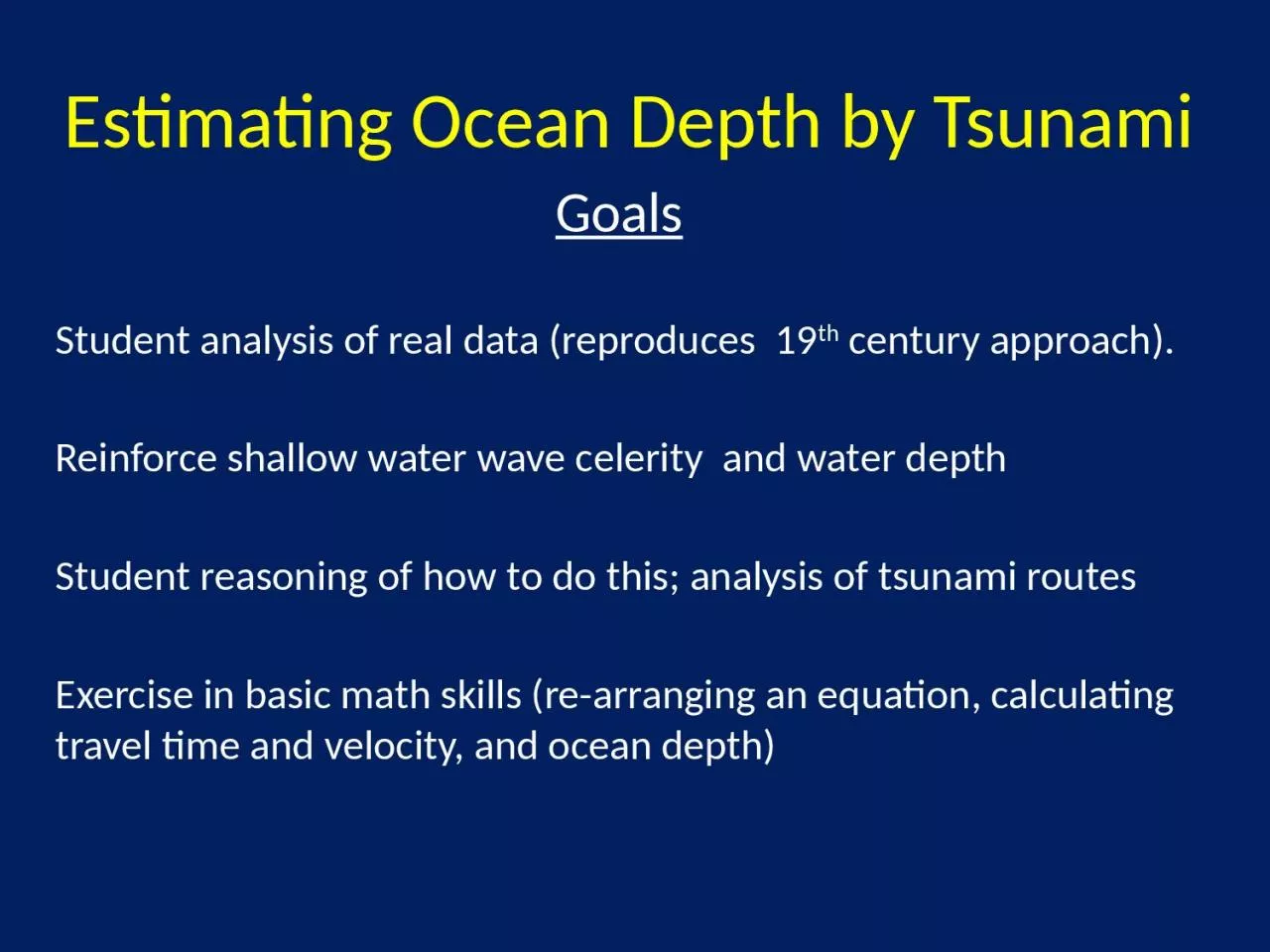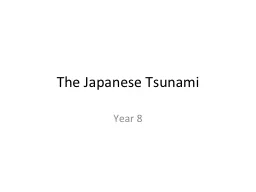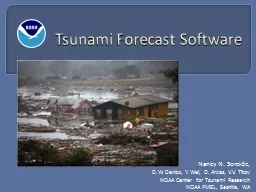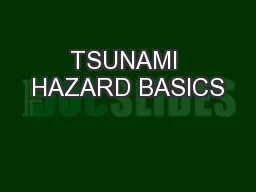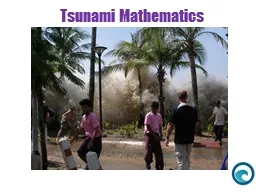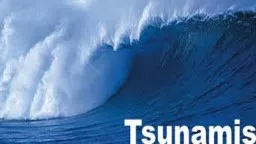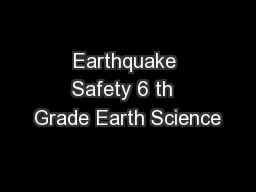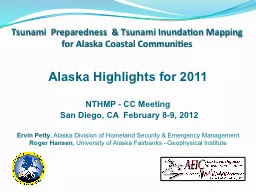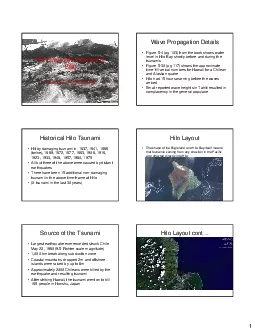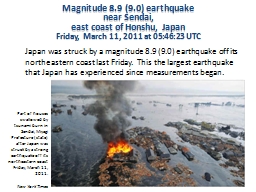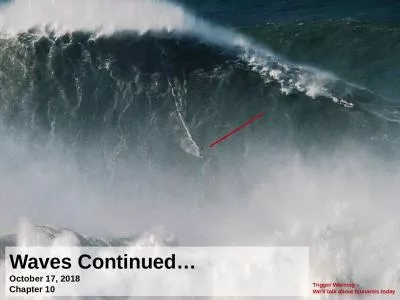PPT-Estimating Ocean Depth by Tsunami
Author : sadie | Published Date : 2023-10-26
Goals Student analysis of real data reproduces 19 th century approach Reinforce shallow water wave celerity and water depth Student reasoning of how
Presentation Embed Code
Download Presentation
Download Presentation The PPT/PDF document "Estimating Ocean Depth by Tsunami" is the property of its rightful owner. Permission is granted to download and print the materials on this website for personal, non-commercial use only, and to display it on your personal computer provided you do not modify the materials and that you retain all copyright notices contained in the materials. By downloading content from our website, you accept the terms of this agreement.
Estimating Ocean Depth by Tsunami: Transcript
Download Rules Of Document
"Estimating Ocean Depth by Tsunami"The content belongs to its owner. You may download and print it for personal use, without modification, and keep all copyright notices. By downloading, you agree to these terms.
Related Documents

